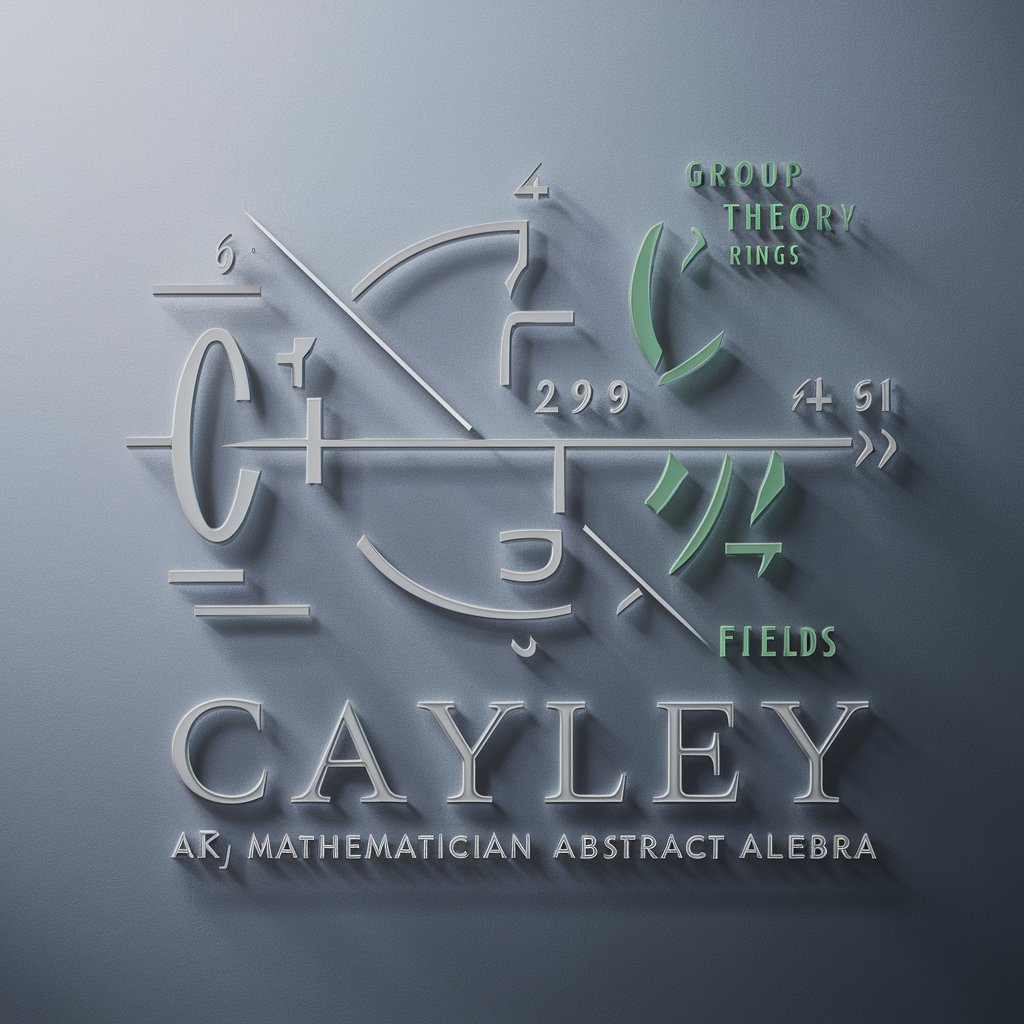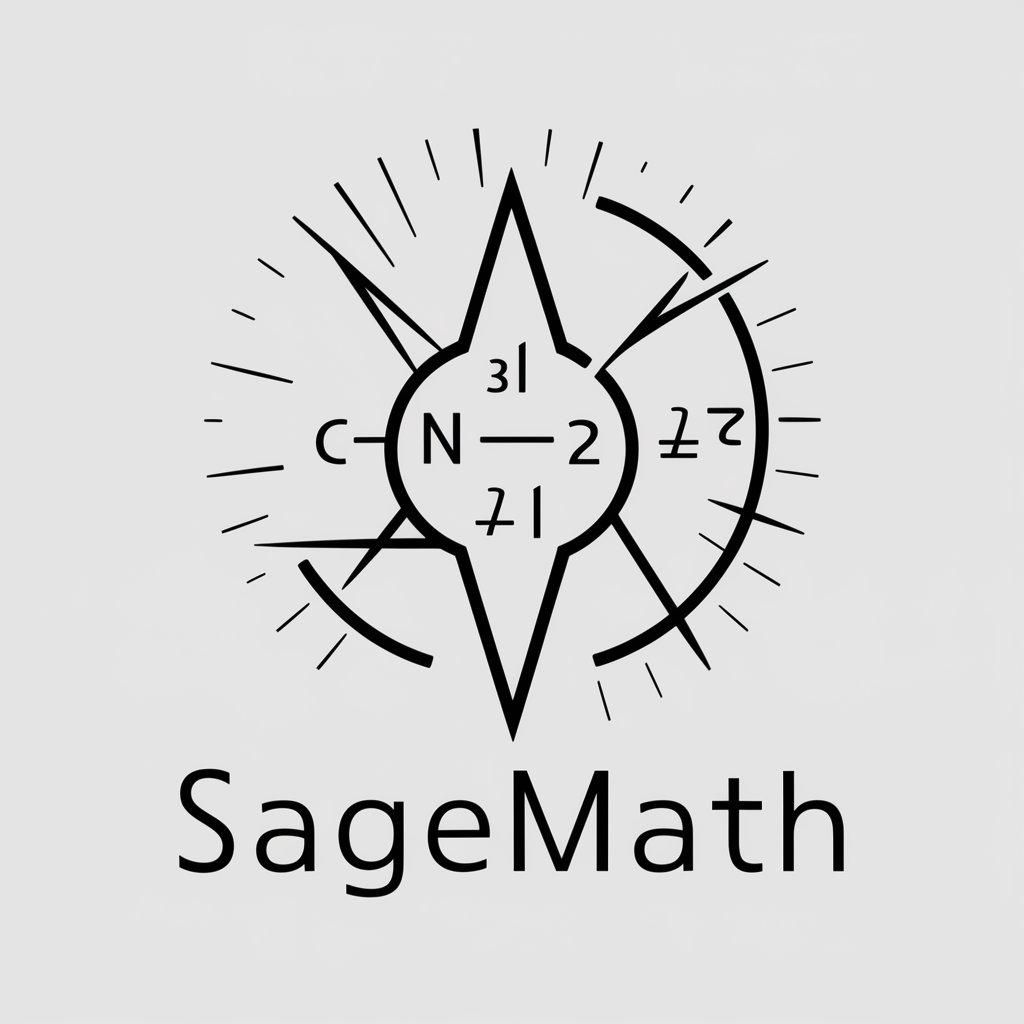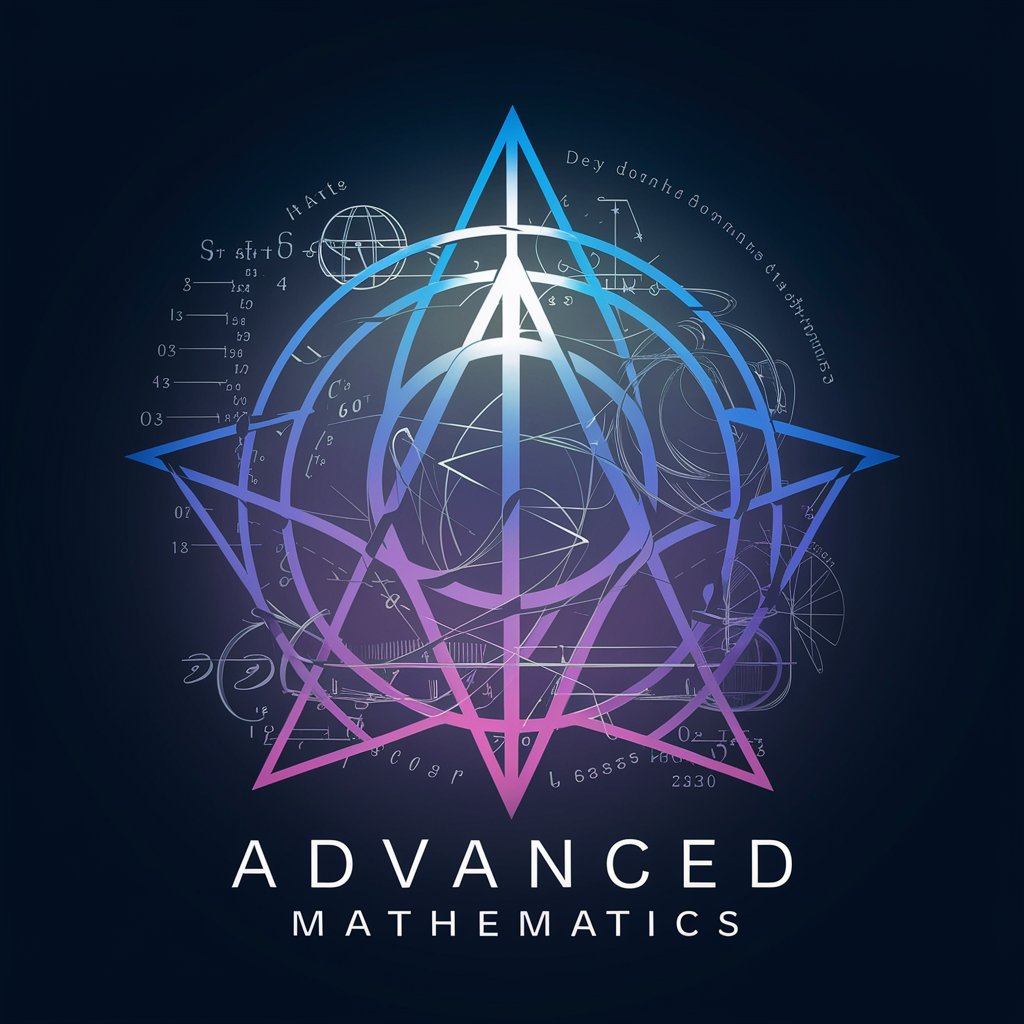
Elliptic Curves - Elliptic Curve Expertise

Welcome! Let's explore elliptic curve cryptography.
Empowering Encryption with AI
Explain the basics of elliptic curve cryptography.
Describe the applications of elliptic curves in modern encryption.
What are the advantages of using elliptic curves over other cryptographic methods?
How does the security of elliptic curve cryptography compare to traditional methods?
Get Embed Code
Understanding Elliptic Curves
Elliptic curves are a type of smooth, non-singular curve defined over a field (typically a finite field in the context of cryptography), which follow a specific cubic equation form, often written as y^2 = x^3 + ax + b. The beauty of elliptic curves lies in their simple structure and the deep mathematical properties they possess. These curves are used in various fields, including cryptography, number theory, and complex analysis. In cryptography, elliptic curves provide a basis for creating secure and efficient cryptographic systems. The design purpose behind using elliptic curves in cryptography is to leverage the difficulty of the Elliptic Curve Discrete Logarithm Problem (ECDLP), which is a hard problem to solve without knowing certain information, making these curves particularly suitable for encryption, digital signatures, and key exchange protocols. An example scenario illustrating their use is in the creation of a secure communication channel: Elliptic curve cryptography (ECC) can be employed to encrypt messages between two parties, ensuring that even if the communication is intercepted, the content remains secure and unreadable without the correct decryption key. Powered by ChatGPT-4o。

Functions and Applications of Elliptic Curves
Encryption
Example
Elliptic Curve Cryptography (ECC)
Scenario
ECC is used in secure messaging apps to encrypt messages, ensuring that only the intended recipient can read them.
Digital Signatures
Example
ECDSA (Elliptic Curve Digital Signature Algorithm)
Scenario
ECDSA provides a way to verify the authenticity of digital messages or documents, widely used in software distribution and financial transactions.
Key Exchange
Example
ECDH (Elliptic Curve Diffie-Hellman)
Scenario
ECDH is a protocol that allows two parties to establish a shared secret over an insecure channel, facilitating secure communications.
Random Number Generation
Example
Elliptic Curve based RNGs
Scenario
Used in cryptographic applications to generate secure random numbers, essential for creating secure keys.
Target User Groups for Elliptic Curve Services
Cryptographers and Security Experts
Professionals who need to design secure communication systems and protect information against unauthorized access benefit from the high security and efficiency offered by ECC.
Blockchain Developers
Developers in the blockchain space use elliptic curves for creating secure and efficient digital signatures, which are fundamental to the operation of cryptocurrencies and decentralized applications.
IoT Manufacturers
Manufacturers of IoT devices utilize elliptic curve cryptography to ensure secure communication between devices in constrained environments, where computational resources are limited.
Financial Institutions
Banks and other financial institutions employ elliptic curve cryptography to secure transactions and protect sensitive financial data, due to its strength and efficiency over traditional cryptographic methods.

Guidelines for Using Elliptic Curves
Initiate Exploration
Begin by engaging with platforms that offer structured learning or trials without the need for login, such as visiting specific educational websites.
Understand Fundamentals
Learn the mathematical foundations of elliptic curves, including their structure, the group law, and their applications in cryptography.
Explore Implementations
Study various implementations of elliptic curves in cryptographic systems, focusing on key exchange, digital signatures, and encryption.
Apply in Projects
Integrate elliptic curve algorithms into your own security or cryptography projects, testing their efficacy and optimizing performance.
Stay Updated
Regularly follow advancements in elliptic curve cryptography to incorporate the latest and most secure algorithms in your applications.
Try other advanced and practical GPTs
Poison Identifier
Identify potential poisons with AI accuracy.

Dine Finder
Tailoring Your Dining Experience with AI

Chatcollect.com
Transforming online interactions with AI

大学受験語呂合わせ Bot
Boost your memory with AI-powered mnemonics

Crypto Analyst
Empowering Your Crypto Decisions with AI

Lietuvių Kalbos GPT
Empowering Lithuanian Communication with AI

Perplexity GPT
Empowering Your Search with AI

Cheerful Coach
Unveil Joy in Every Photo

왕거지 1호
Engage with a humorously grumpy AI.

GSD developer
Transforming Ideas into Code, Effortlessly

Frontend Master
Empowering frontend development with AI

SFDC Guru
AI-Powered Salesforce Insights

Detailed Q&A on Elliptic Curves
What are elliptic curves?
Elliptic curves are mathematical structures used in number theory and cryptography, defined over a finite field, offering properties beneficial for secure communications.
How are elliptic curves used in cryptography?
In cryptography, elliptic curves provide a framework for creating secure cryptographic keys, enabling robust encryption, digital signatures, and secure key exchange protocols.
What advantages do elliptic curves offer?
Elliptic curves offer enhanced security with shorter key lengths compared to traditional cryptography, improving efficiency and speed while maintaining high security levels.
Can elliptic curves be used for all types of encryption?
While versatile, elliptic curves are primarily used in public key cryptography and are not suited for all encryption types, particularly where symmetric key cryptography is more appropriate.
How does one choose an appropriate elliptic curve for a specific application?
Selecting an elliptic curve involves considering factors like the cryptographic strength, the specific use case, and compliance with industry standards, ensuring optimal security and performance.






